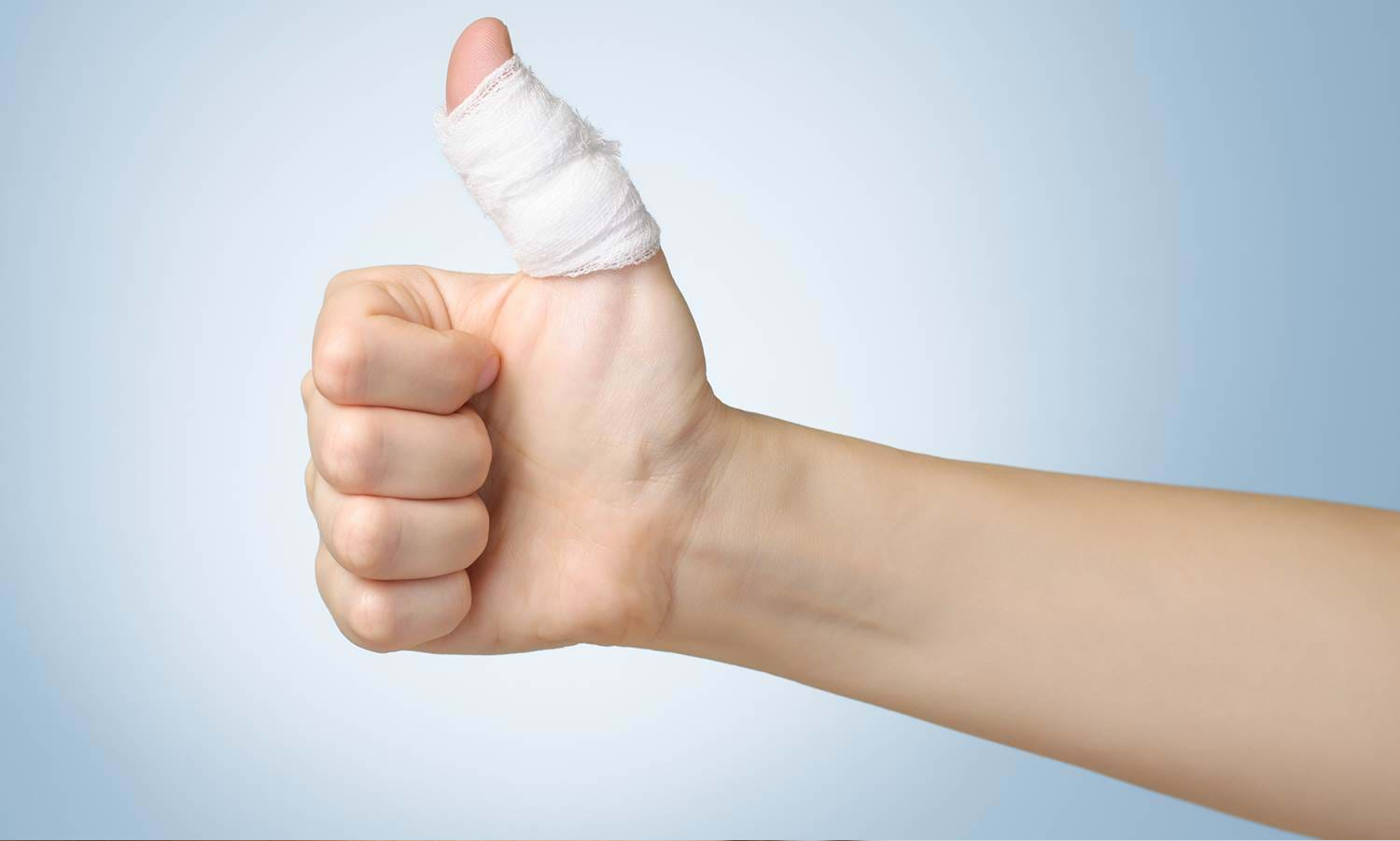Kids can seem like they’re constantly getting wounded in any number of ways. Many of the injuries kids get are just bruises, but some break the skin, and when that happens there can be an infection risk. An out-of-control wound infection can become very serious for a child or anyone for that matter.
An infected wound can come from something as simple as a scrape to something more serious such as an animal bite. For example, dog bites can cause dangerous infections since the bacteria in a dog’s mouth has a direct path through the wound.
The following are some general things to know about infected wounds, including dog bite wounds and how to recognize the signs of a potential infection.
What Kind of Wounds Can Get Infected?
In reality, any kind of wound can get infected, but most open wounds are minor and only require minimal home treatment. Some of the frequent causes of open wounds are accidents involving sharp objects, falls and car accidents.
Animal bites can be another cause of an open wound in children, especially young children who may not know how to play appropriately with an animal.
According to the CDC, around 4.5 million people are bitten by a dog every year, and infections and deadly complications have the potential to occur. The most common bacteria from animal bites is called Pasteurella multocida.
With dog bites in particular, along with the transfer of bacteria directly into the wound, another issue comes from the fact that it can be difficult to see how deep a wound is and that makes it a challenge to clean it out thoroughly.
Human bites can lead to infections too—for example, if another child bit your child.
Burns are also a type of wound that can become infected by not only bacterial infections but fungal infections as well. Specific categories of open wounds include an abrasion, which is like a scrape, a laceration, which is a deep cut, a puncture, which is a small and possibly deep hole, and an avulsion which is tearing away of the skin.
What Are Wound and Skin Infections?
Wound and skin infections occur when there is a growth of bacteria along the skin or within a wound that trigger the immune system and cause inflammation. Some of the different types of bacteria that can cause skin infections include:
- Bacteria that are normally found on the skin can lead to infections including staph and strep
- MRSA and other antibiotic-resistant infections can occur in wounds
- Clostridium may occur in deeper wounds
Catch scratch fever is also a bacterial infection parents should be aware of. The bacteria causing this infection is called Bartonella henselae. The CDC says that 500 people are hospitalized every year in the U.S. for cat scratch fever, and the cases tend to soar in January, as well as between August and November.
As the name implies, this can come from a bite or scratch from an infected cat. It can also occur if you get saliva from an infected cat in a wound or your eyes, and sometimes a flea or tick may transmit this disease.
What Are the Symptoms of an Infected Wound?
Some of the potential symptoms of an infected wound can include:
- Warm or red skin around the wound, or red streaks around the wound
- Discharge that’s yellow or green coming from the wound
- An unpleasant or foul odor coming from the wound
- Fever
- Chills
- Pains
- Nausea
- Vomiting
- Swelling
- Tenderness
- Scaling
- Itching
How Are Wound Infections Treated?
If your child gets a wound, you should carefully clean it right away. You should rinse it out and wash it with mild soap and water. Then, cover it with a sterile bandage.
If a wound is deeper, you might want to use antiseptic. If you can’t get bleeding to stop around five minutes after a child’s wound occurs, you might need to seek medical care.
If your child’s wound becomes infected, there are different steps a doctor might take to treat it. For example, treatment might include the use of an antibiotic such as penicillin. A doctor may also recommend a tetanus shot in certain cases.
Infected wounds can lead to complications such as sepsis or necrotizing fasciitis, and that’s why it’s important to closely monitor your children’s wounds and make sure they aren’t displaying signs of an infection. If so, you should get medical treatment right away because infections can quickly become medical emergencies.

